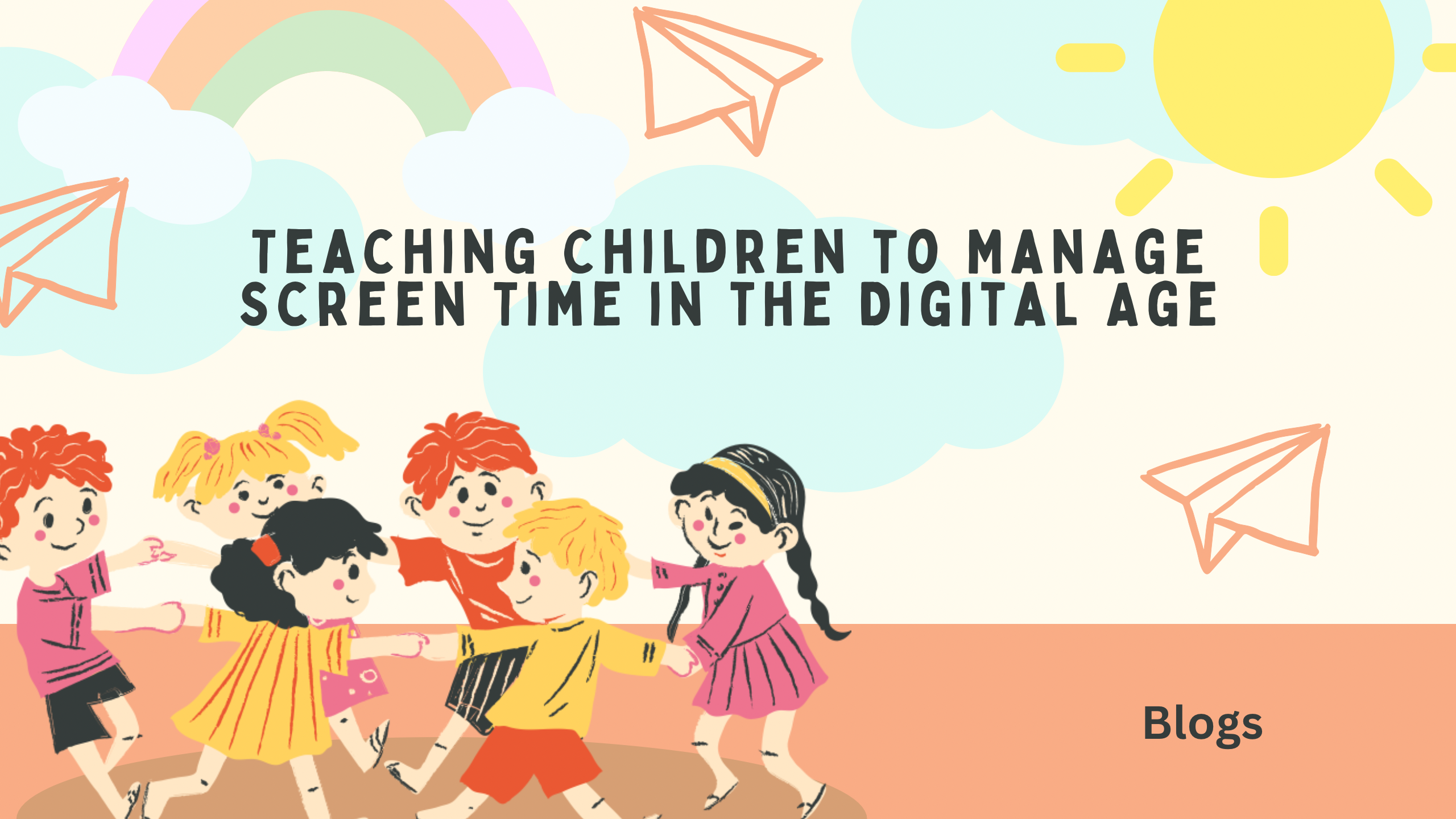In the fast-paced digital landscape of today, where technology and artificial intelligence seamlessly integrate into our daily lives, the question of managing screen time for children becomes more critical than ever. As parents, educators, and guardians, it is our responsibility to guide the younger generation in harnessing the power of technology while ensuring a healthy balance.
Understanding the Landscape:
The availability of smartphones, tablets, and computers has transformed the way children interact with the world. From educational apps to entertaining games, the digital realm offers a plethora of opportunities for learning and engagement. However, with great access comes the challenge of maintaining a balanced approach to screen time.
Instead of saying, “You can’t use your phone for more than an hour,” try, “Let’s work together to find a reasonable time limit for screen use that ensures a balance with other activities.”
The Importance of Balance:
Screen time management is not about shunning technology but rather cultivating a healthy relationship with it. Striking a balance between digital and offline activities is crucial for a child’s holistic development. Excessive screen time has been linked to a range of issues, including disrupted sleep patterns, sedentary behaviour, and potential impacts on mental health.
Instead of saying, “You need to finish your homework before any screen time,” try, “How about we complete homework first so we can fully enjoy our screen time without any worries?”
Setting Healthy Boundaries:
Establishing clear guidelines on screen time is the first step in helping children manage their digital engagement. Create designated time slots for activities like homework, play, and relaxation, and communicate these expectations to the child. Setting limits fosters a sense of discipline and helps in avoiding the pitfalls of prolonged screen exposure.
Instead of saying, “No snacks in front of the screen,” try, “Let’s make a rule about having our snacks at the table, so we can fully enjoy both our food and what we’re watching or playing.”
Educating on Quality Content:
Encourage children to engage with educational content, interactive learning platforms, and creativity-boosting apps. The emphasis should be on quality over quantity. Discuss the importance of discerning between productive screen time and mindless scrolling.
Instead of saying, “Don’t watch mindless videos,” try, “Let’s explore some interesting and educational content together, so your screen time is not just fun but also enriching.”
Leading by Example:
Children learn by observing, and parents play a pivotal role in shaping their habits. Model responsible screen time behaviour by showcasing a healthy balance between your online and offline activities. Show the importance of being present in the moment, engaging in face-to-face interactions, and enjoying non-digital hobbies.
Instead of saying, “I don’t want you using your phone all the time,” try, “I’ve noticed I’ve been on my phone a lot lately, and I want to make a conscious effort to be more present. How about we both work on it together?”
Open Communication:
Encourage children to share their online experiences, ask questions, and express any concerns they might have. By creating a safe space for communication, you empower them to make informed decisions about their screen time.
Instead of saying, “You never tell me what you’re doing online,” try, “I’m curious to know more about what you enjoy online. Can we talk about the games or videos you find interesting?”
Introducing Tech-Free Zones:
Designate specific areas in the house, such as the dining table or bedrooms, as tech-free zones. This practice encourages children to disconnect during family meals or before bedtime, promoting a healthier relationship with screens.
Instead of saying, “I’m turning off the Wi-Fi,” try, “It’s almost bedtime, and we agreed on a screen-free wind-down. Would you like to choose a book or listen to calming music before bed?”
Utilizing Parental Controls:
Collaborate with children to set rules and restrictions based on their comfort and understanding. This empowers them to be active participants in their online journey while learning the importance of self-regulation.
Instead of saying, “I’m setting up parental controls,” try, “Let’s create an Agreement together, so we both have a say in the rules. What do you think is fair for both of us?”
Encouraging Outdoor Activities:
Encourage children to participate in outdoor sports, creative pursuits, or simply enjoy unstructured playtime.
Instead of saying, “Put that device down and go play outside,” try, “How about we take a break from screens and enjoy some fresh air together? We can play a game or just relax in the backyard.”
In conclusion, navigating the digital age with children requires a proactive and balanced approach. By instilling the importance of responsible screen time management, we equip the younger generation with essential skills to thrive in the technology-driven world while fostering their overall well-being.




